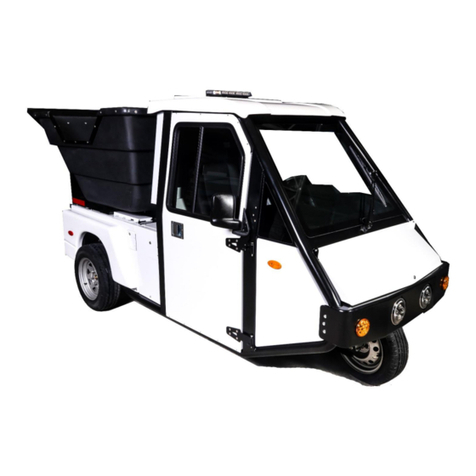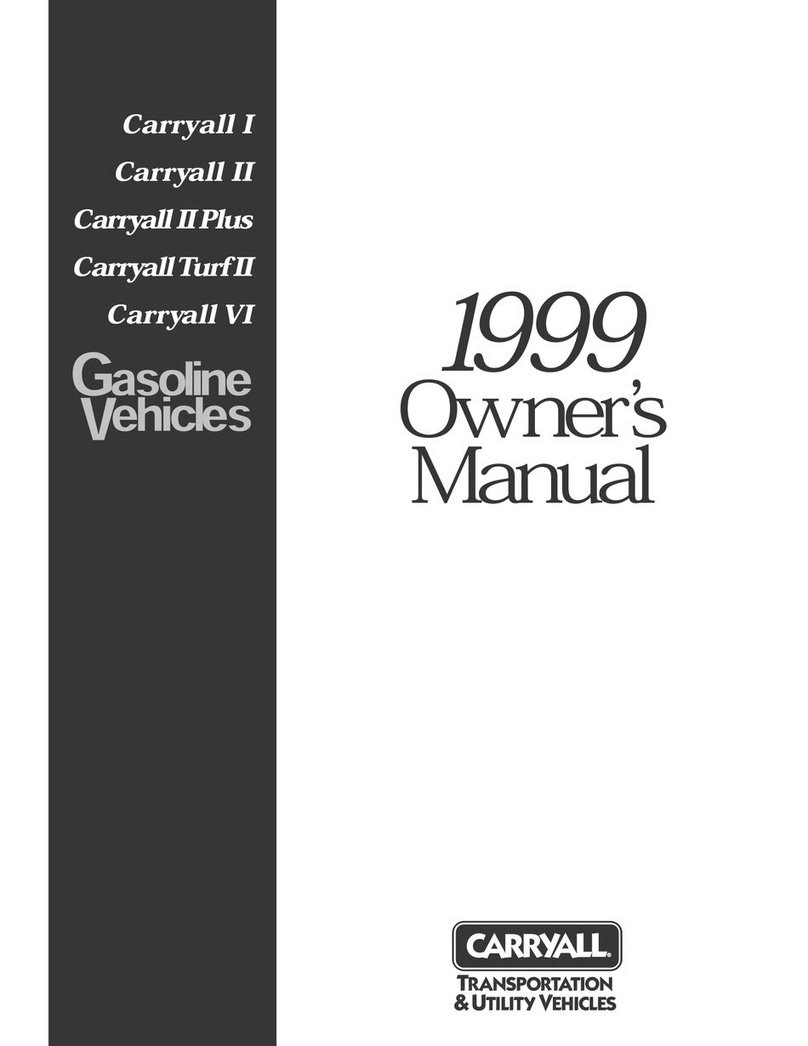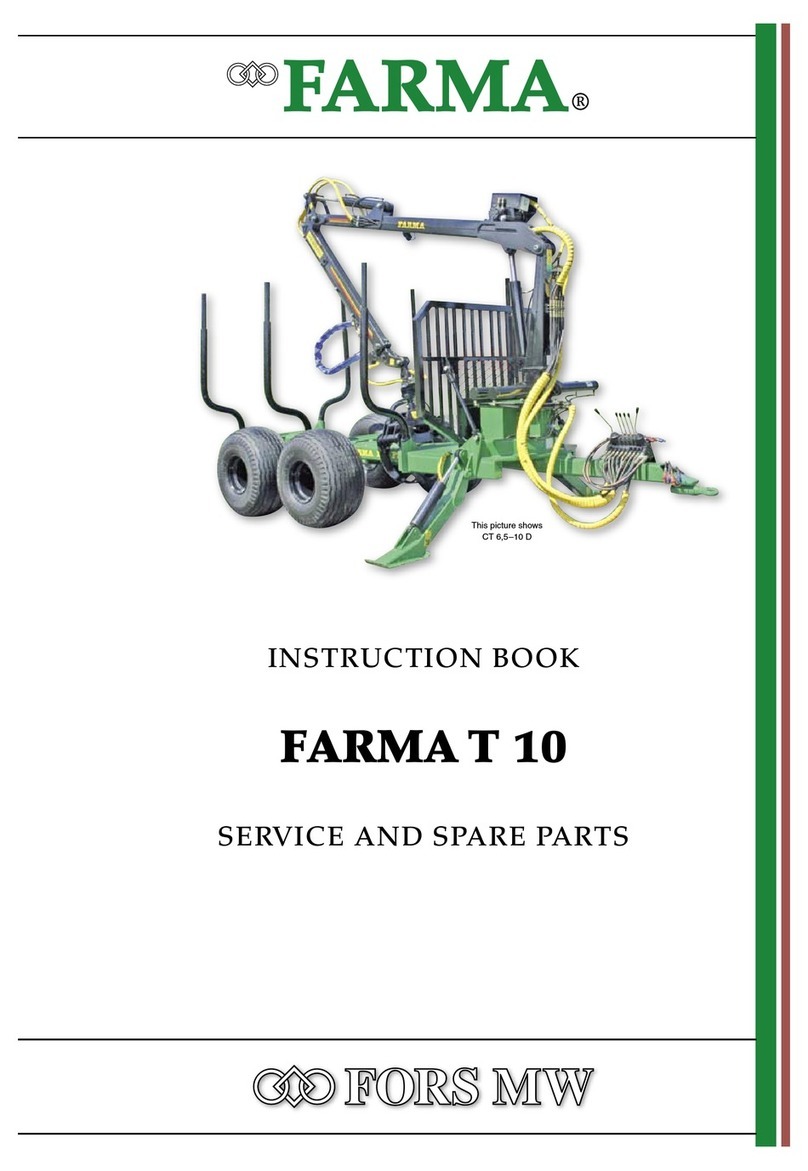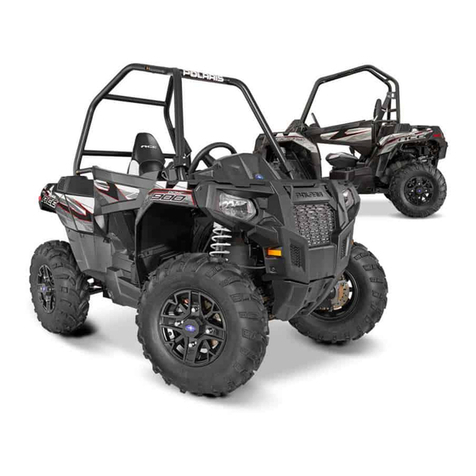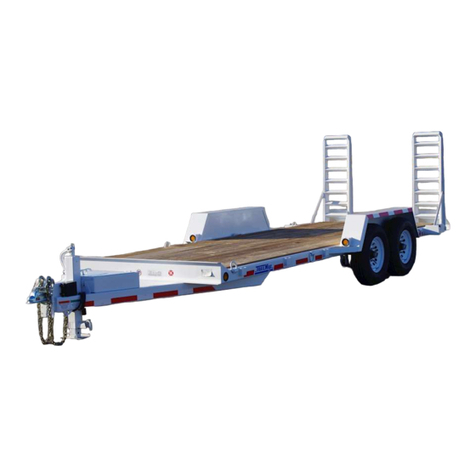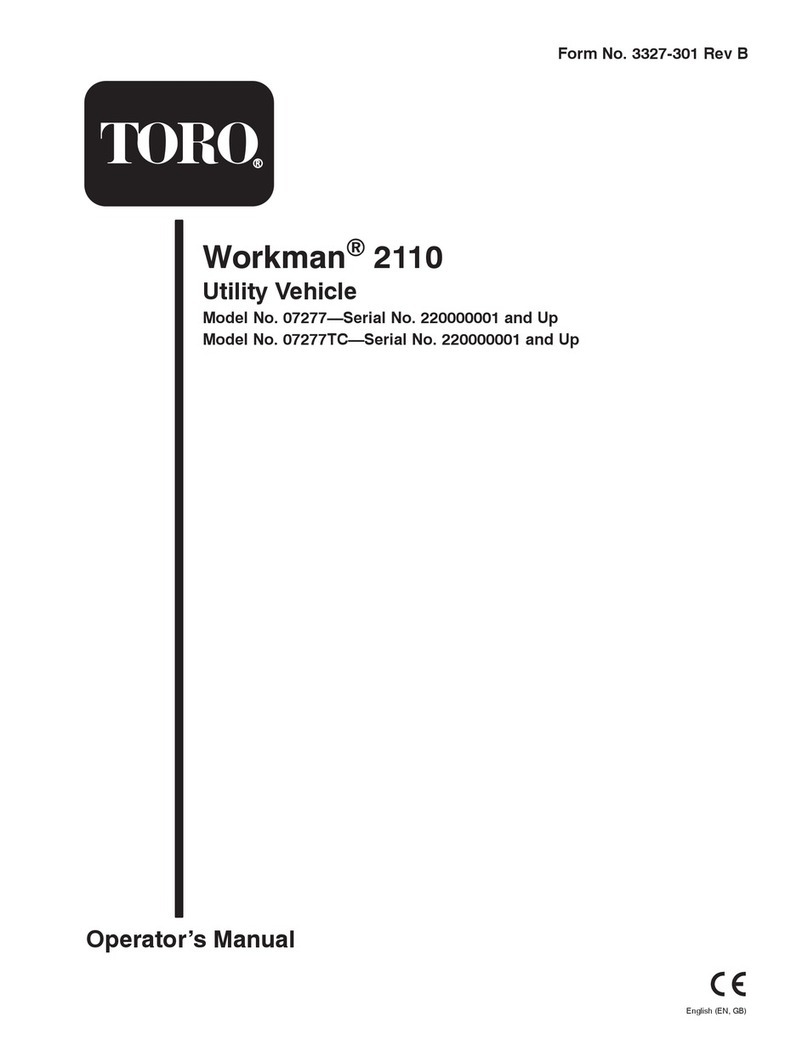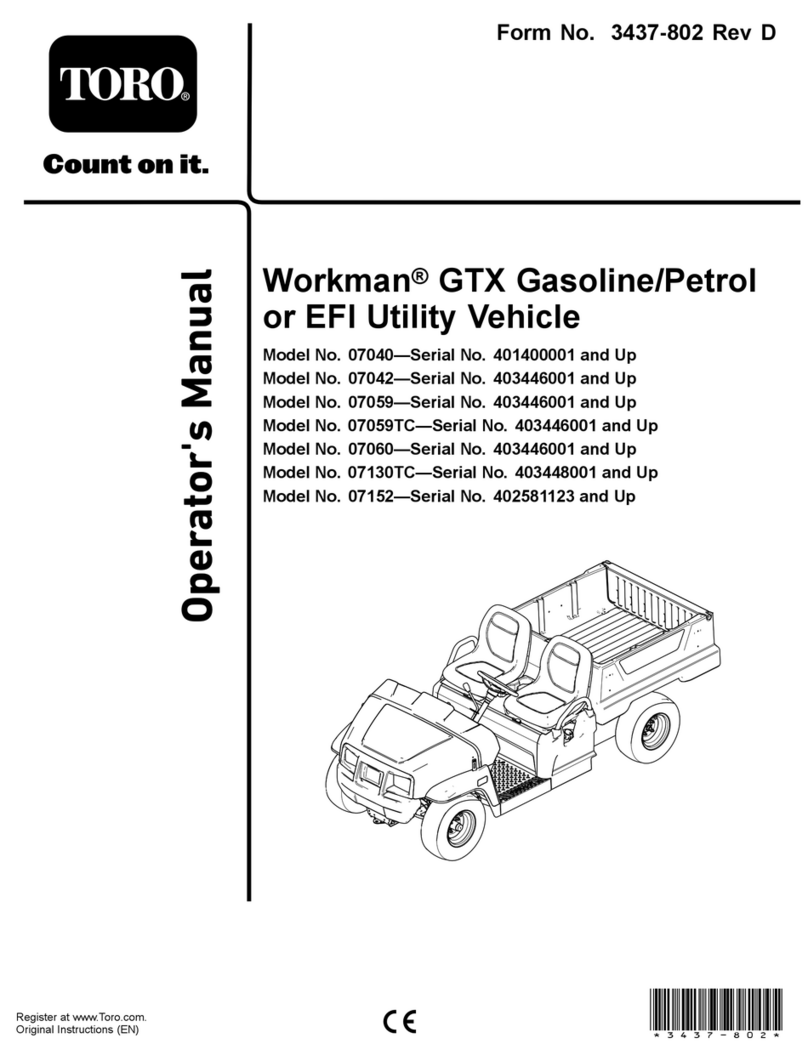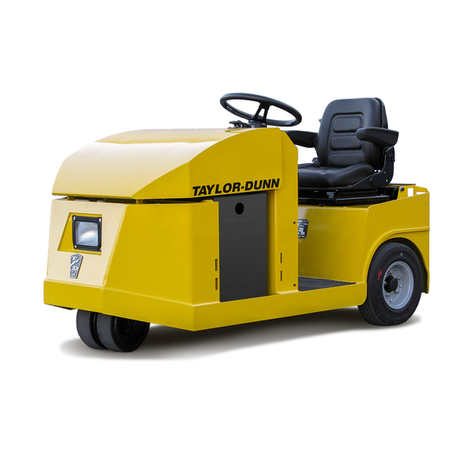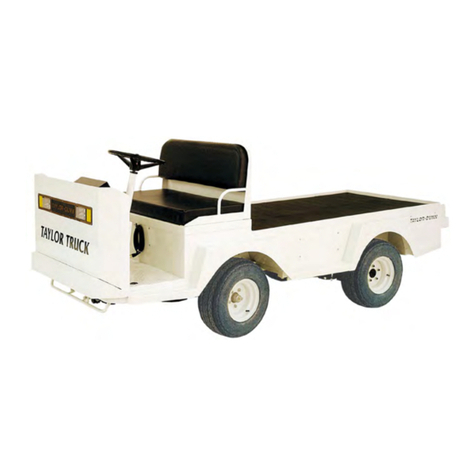SECTION 1 - MACHINE SAFETY .....................................................................................................................................10
1.1 SAFETY INTRODUCTION................................................................................................................................................... 10
1.2 OPERATION .................................................................................................................................................................. 10
1.3 MAINTENANCE.............................................................................................................................................................. 10
1.4 SIGNAL SYMBOL ............................................................................................................................................................ 12
1.5 SIGNAL WORDS............................................................................................................................................................. 12
1.6 SAFETY INSTRUCTIONS AND APPLICATIONS.......................................................................................................................... 12
1.7 SYSTEM LOCK-OUT PROCEDURE ....................................................................................................................................... 12
1.8 GENERAL SAFETY CONSIDERATIONS................................................................................................................................... 13
1.9 SAFETY CONSIDERATIONS DURING OPERATION.................................................................................................................... 13
1.10 SAFETY DURING MAINTENANCE OR SERVICE ..................................................................................................................... 14
1.11 SAFETY WHEN WORKING WITH HAZARDOUS CHEMICALS .................................................................................................... 15
1.12 SAFETY WHEN WORKING WITH BATTERIES ....................................................................................................................... 16
1.13 SAFETY DURING WORK ON ELECTRICAL SYSTEM ................................................................................................................ 16
1.14 SAFETY DURING WORK ON HYDRAULIC SYSTEM ................................................................................................................ 17
1.15 SAFETY DURING TRANSPORT.......................................................................................................................................... 17
1.16 SAFETY DURING MACHINE TRACKING .............................................................................................................................. 18
1.17 REMOTE RADIO PRECAUTIONS ....................................................................................................................................... 18
1.18 MACHINE LAYOUT AND LOCATION OF EMERGENCY STOP..................................................................................................... 19
1.19 INTERLOCK SWITCH...................................................................................................................................................... 19
1.20 MACHINE SAFETY LABELS.............................................................................................................................................. 20
1.21 MACHINE SERIAL PLATE................................................................................................................................................ 22
SECTION 2 - MACHINE FAMILIARISATION AND TECHNICAL INFO. ................................................................................23
2.1 MACHINE SPECIFICATION AND IDENTIFICATION.................................................................................................................... 23
2.2 SPECIFICATION .............................................................................................................................................................. 24
2.3 WORKING DIMENSIONS .................................................................................................................................................. 25
2.4 TRANSPORT DIMENSIONS................................................................................................................................................ 26
2.5 SOUND PRESSURE LEVELS................................................................................................................................................ 27
2.5.1 Conclusions........................................................................................................................................................ 27
SECTION 3 - APPLICATION & FUNCTIONS.....................................................................................................................28
3.1 MATERIAL MACHINE IS CAPABLE OF PROCESSING ................................................................................................................ 29
3.2 OPERATING TECHNIQUES ................................................................................................................................................ 29
3.3 EFFICIENT LOADING OF HOPPER/GRID ............................................................................................................................... 29
3.4 FEEDER SPEED............................................................................................................................................................... 29
3.5 DRUM MESH SELECTION................................................................................................................................................. 29
3.6 SCREEN SPEED .............................................................................................................................................................. 29
SECTION 4 - OPERATION & SET UP...............................................................................................................................30
4.1 ENGINE START UP PROCEDURE......................................................................................................................................... 31
4.2 MACHINE LAYOUT -FRONT /BACK /SIDES ........................................................................................................................ 32
4.3 REMOVING THE MACHINE FROM TRAILER........................................................................................................................... 33
4.4 UNLOADING 4000T ON LOW LOADER TRAILER ................................................................................................................... 34
4.5 LOADING 4000T ON LOW LOADER TRAILER ....................................................................................................................... 34
4.6 USING THE RADIO REMOTE CONTROL................................................................................................................................ 35
4.7 OPERATING INSTRUCTIONS .............................................................................................................................................. 35
4.8 PREPARING MACHINE FOR OPERATION .............................................................................................................................. 36
4.9 SET UP –CONTROL LEVERS FUNCTION .............................................................................................................................. 36
4.10 SET UP –MACHINE WORKING POSITION ......................................................................................................................... 37
4.11 SET UP –CONVEYORS TO WORKING POSITION .................................................................................................................. 38
4.12 OPERATING THE SCREEN ............................................................................................................................................... 42
4.13 LOAD SENSING ON 4000 MODELS.................................................................................................................................. 44
4.14 MOVING THE 4000T ABOUT SITE................................................................................................................................... 45
4.15 SET UP –MACHINE TRANSPORT POSITION ....................................................................................................................... 46


